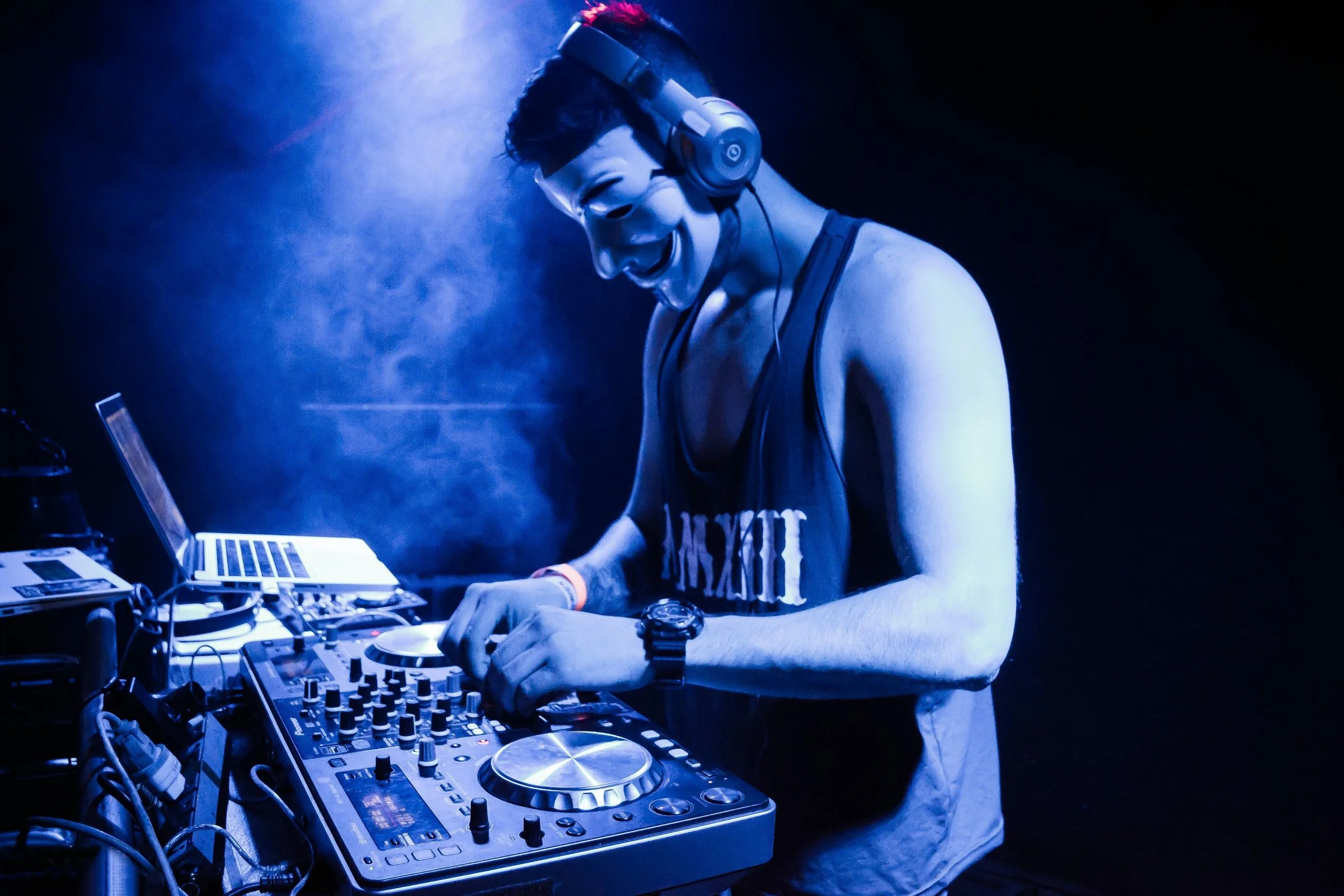“If it’s too loud, you’re too old?” True. Until you turn 40 and realize that you really don’t score any points for having to lean forward and say “huh?” every time your little nephew speaks. Seriously, it’s pretty dumb advice, usually offered in poor judgment by the non-sober. Here’s some better advice on how to keep your DJing passion alive, well past your formative years.
Use better headphones
When headphones block out the room sound, you don’t have to turn them up so loud. You’re effectively turning down the room volume. A good pair of over-ear headphones is the best way to make sure you don’t have to blast your cue mix in order to hear what’s coming up next. For DJ Courses Online students, here’s a little bit more on playing longer DJ sets.
Carry earplugs
A pair of soft foam earplugs will do amazing things for your life as a DJ, but also as a citizen of a developed city. Traffic, construction, suburban gardening tools - these all contribute to the angsty background hum of modern life. Loud music is awesome, but as a DJ, you gotta attend a lot of parties. Hundreds of hours of being in a loud environment. Make a habit of carrying earplugs and save yourself a few hours of hearing each time. You’ll still hear the music and be in the vibe.
Rest your ears
Maybe you already have a quiet place to go when you’re off duty. The gentle sounds of nature are a panacea to a loud lifestyle. Even just an hour of being alone in a forest or natural area has an amazing effect in balancing you out and refreshing you for the next party! If your only idea of downtime is gaming, you’re adding pressure to an already amped up lifestyle. Don’t quit your gaming (as if that’s an option!). Just balance it out a bit with some quiet time. Makes sense, right?
Don’t get the wrong idea. There are a bunch of good reasons to listen to music at a high level. But if it’s too loud, maybe it’s just too loud. Even really cool, awesome party people have had the experience of knowing without a doubt that the levels are too high, and that the DJ probably isn’t aware. Are your ears still ringing the next day? That’s tiny hearing cells singing their final goodbye. Take this stuff seriously, guys.









































